Feb 2019
An 11 Muluk (“inspirational water”) pioneer: William Henry Holmes
Posted by in
Archaeology, Artists, Calendar concepts, Pioneers
← Back to Blog Home
In this age of instantaneous knowledge-at-your fingertips, and armchair travelling to exotic locales without even having to step out of your house, it may be hard to imagine the amount of effort and skill that went into exploration and the acquisition of information even as recently as the late 19th century.
But in those days, when even photography was in its infancy, archaeological exploration was mostly a “hike to the site” and “get out your notepad and drawing tools” type of endeavor. Skilled observers with keen eyes for detail and well developed artistic skills were often needed to record findings as archaeological sites were discovered and opened up for initial exploration.

Artist, archaeologist William Henry Holmes. Photo from Smithsonian Institution Archives Record Unit 311 [Public Domain]
Holmes was born under the influence of the Maya calendar energy known as 11 Muluk, which is, in essence, an energy strongly aligned with both earth and water. Indeed, his works (late 19th and early 20th centuries) included many watercolours of dazzling landscapes that included wonderful detailing, often expressed in very flowing “watery” kinds of lines reflective of that “Muluk” element that was “encoded” into his energy on the day of his birth.
Moreover, this is an energy situated near the end of the Kawak (rain/storm) trecena, which is associated with catalyzation, which can add considerable intensity to any creative expressions. The “11” part of this energy signature is highly relective of his “inspirational” and “pioneering” nature – an energy that often thrives on pushing into new realms and opening up new vistas.
Holmes travelled extensively and filled many notebooks with detailed information of locations that ranged from Yellowstone National Park to South America, including a large number of Mexican, Guatemalan, and Honduran archaeological sites. A few examples of his work in such locales are shown below:

Summer Scene watercolour painting by William Henry Holmes, is highly reflective of his 11 Muluk birth energy. Photo source: Smithsonian. Public Domain.
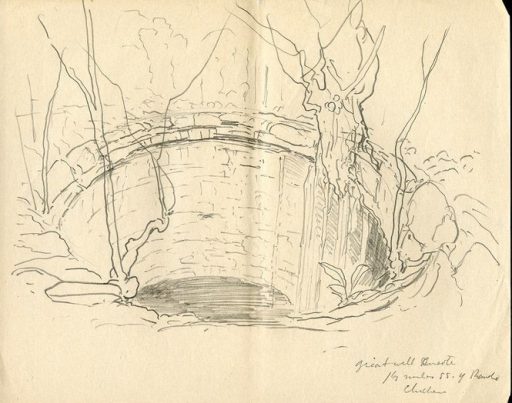
Drawing of Cenote at Chichen Itza from the notebook of William Henry Holmes’ Smithsonian Field Book Project, 1895 courtesy of the Biodiversity Heritage Library. Public Domain CC BY-NC-SA 4.0

Side view of Cenote at Chichen Itza from William Henry Holmes’ Smithsonian Field Book Project, 1895 courtesy of the Biodiversity Heritage Library Public Domain CC BY-NC-SA 4.0
Originally El Caracol (“Snail”), one of the oldest standing observatories in the Americas, located at Chichen Itza, was a domed cylindrical structure with a spiral internal shape. Narrow windows cut into the outer walls facilitated observations of the irregular movements of Venus.

El Caracol at Chichen Itza, from William Henry Holmes’ Smithsonian Field Book Project, 1895 courtesy of the Biodiversity Heritage Library Public Domain CC BY-NC-SA 4.0
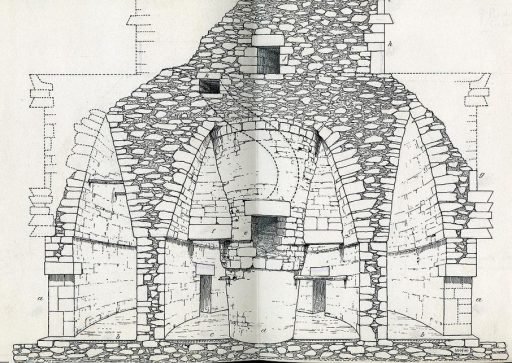
Interior of the El Caracol observatory at Chichen Itza, from William Henry Holmes’ Smithsonian Field Book Project, 1895 courtesy of the Biodiversity Heritage Library Public Domain CC BY-NC-SA 4.0
************************
Interested in exploring ways in which YOUR Maya Calendar birth energy is reflected in your life and works? Would you like some assistance in exploring the potential for becoming more aligned with your own birth energy and for expanding that potential? For more information see our Readings and Coaching section, or Contact Us at mayacal@telus.net. If you would like to receive more articles like this relating to Maya Calendar arts, or our Count-of-Days Horoscope Blog (posted every 13 days) please Subscribe via the forms on the sidebar (or below, if you have a handheld device). Gracias!
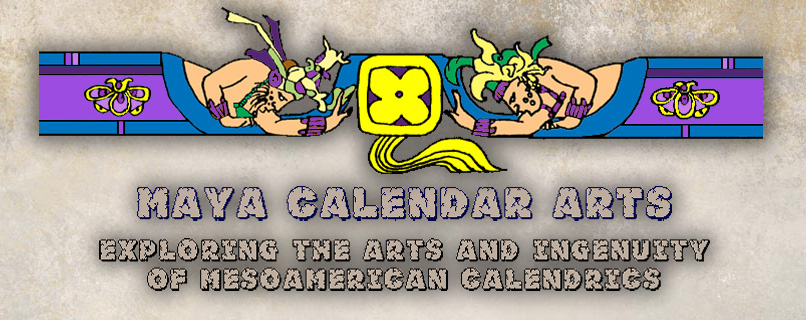
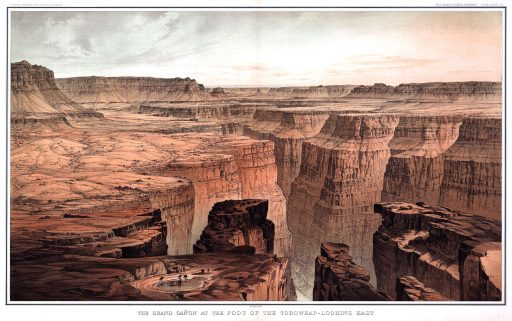
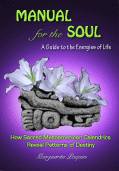 An in-depth analysis of the energies encoded in the Sacred Maya Calendar and the impact of those energies on daily life.
An in-depth analysis of the energies encoded in the Sacred Maya Calendar and the impact of those energies on daily life.